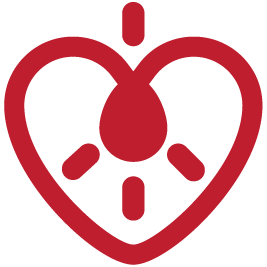
And the Winners are...
Patient Innovation Award Category
|
-
Patient/Nominee:
Louis
Plante (Canada)
-
Innovation:
The
Frequencer™
-
Condition:
Cystic
Fybrosis

Louis Plante’s cystic fibrosis increases the risk of lung infections due
deficient clearing of the mucus. He used to spend 4 hours per day doing
kinesiotherapy (chest clapping) to alleviate this problem, until he
noticed during a concert that the vibration of the speakers had the same
positive effect. Using his background in electronics, Louis developed
the Frequencer, a device that uses sound waves to help clear the lungs.
After four years of R&D and clinical trials, the Frequencer is the first
device to deliver low-energy resonant (acoustic) vibrations, reducing
mucus viscosity and promoting mucus flow in patients with cystic
fibrosis.
For more information, please consult the following link:
|
|
|
-
Patient/Nominee:
Lisa
Crites (USA)
-
Innovation:
The
SHOWER SHIRT™
-
Condition:
Mastectomy
for Breast Cancer

Lisa Crites was diagnosed with breast cancer. Following a mastectomy,
she was advised to avoid showering in order to prevent infection through
the drain sites. She then created a water-resistant garment, the Shower
Shirt, to enable patients in a similar situation to shower normally and
navigate these difficult moments with dignity. The Shower Shirt has
obtained FDA approval and already crossed geographic borders to reach 36
countries.
For more information, please consult the following link:
|
|
|
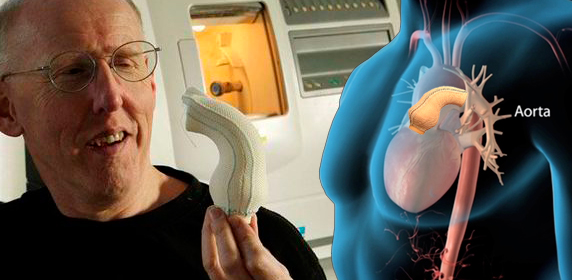
Tal Golesworthy needed open cardiac surgery followed by anticoagulation
drug for life due to Marfan Syndrome. He applied his engineering
background and knowledge in piping and plumbing to work with his doctor
address his own aortic problem with the Personalized External Aortic
Root Support (PEARS). Since PEARS was first installed on Tal’s heart 10
years ago, the device has been implemented in more than 45 patients to
prevent aorta rupture.
For more information, please consult the following link:
|
Caregiver Innovation Award Category
|
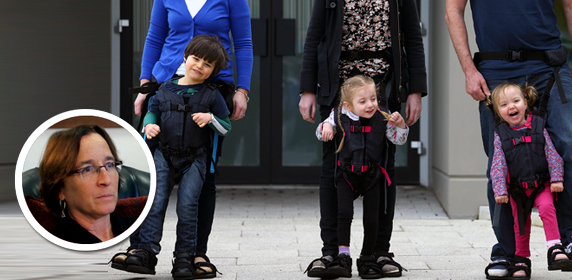
Debby Elnatan’s youngest son was born with cerebral palsy. Although he
could not move or participate in family walks, Debby did not give up.
She tried different ways to “link him” to her through straps, leading to
Upsee. With Upsee, her son is now able to “walk” like other children and
can participate in family activities. Upsee helps children with similar
conditions to participate “in their own way” in social gatherings.
For more information, please consult the following link:
|
|
|
-
Patient/Nominee:
Joaquina
Teixeira (Portugal)
-
Innovation:
Helium
balloons
-
Condition:
Angelman
Syndrome
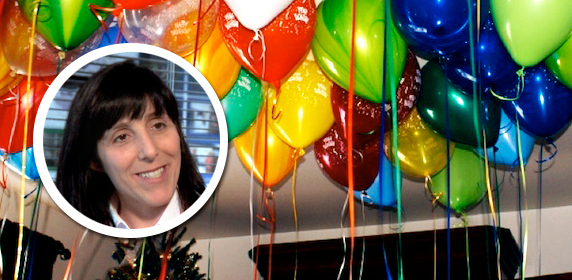
Joaquina Teixeira’s son, Gonçalo, has Angelman Syndrome, which is
characterized by developmental delay, lack of speech, seizures, and
psychomotor problems. Although 6 years old and able to walk, Gonçalo
refused to stand. One day Joaquina noticed that the helium balloons at a
party attracted her son’s attention and made him want to reach them.
That very day, she placed helium balloons all over her own house and
watched Gonçalo jump and walk to reach the balloons.
For more information, please consult the following link:
|
Collaborator Innovation Award Category
|
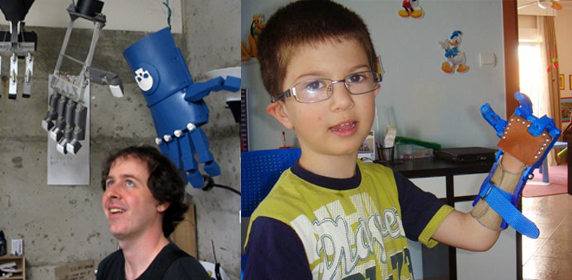
Ivan Owen, an artist and prop maker, posted one of the “mechanical
hands” he created on YouTube. A carpenter from South Africa that had
lost fingers in a sawing accident contacted Ivan and asked him for help
in designing and building a low-cost prosthetic hand. Ivan accepted the
challenge and also developed low-cost 3D-printed prosthetic hands for
children. He later shared the digital files used to produce the parts in
a 3D printer. His work inspired a large and growing network of
volunteers and “makers” committed to making a difference (e.g.,
e-NABLE).
For more information, please consult the following link:
|